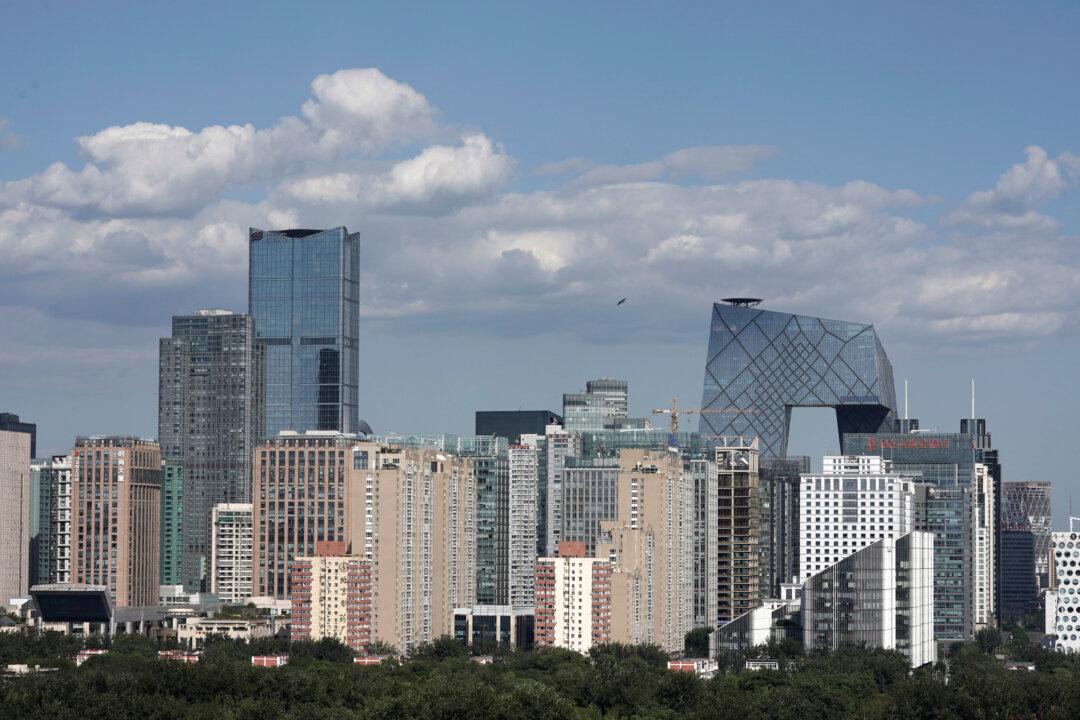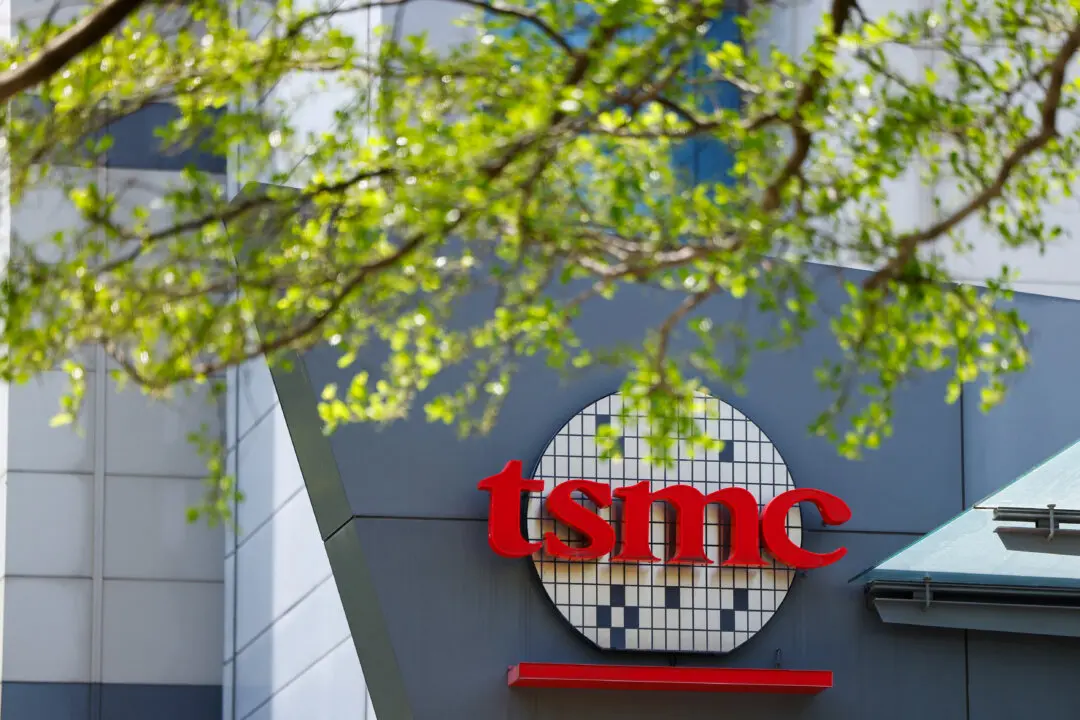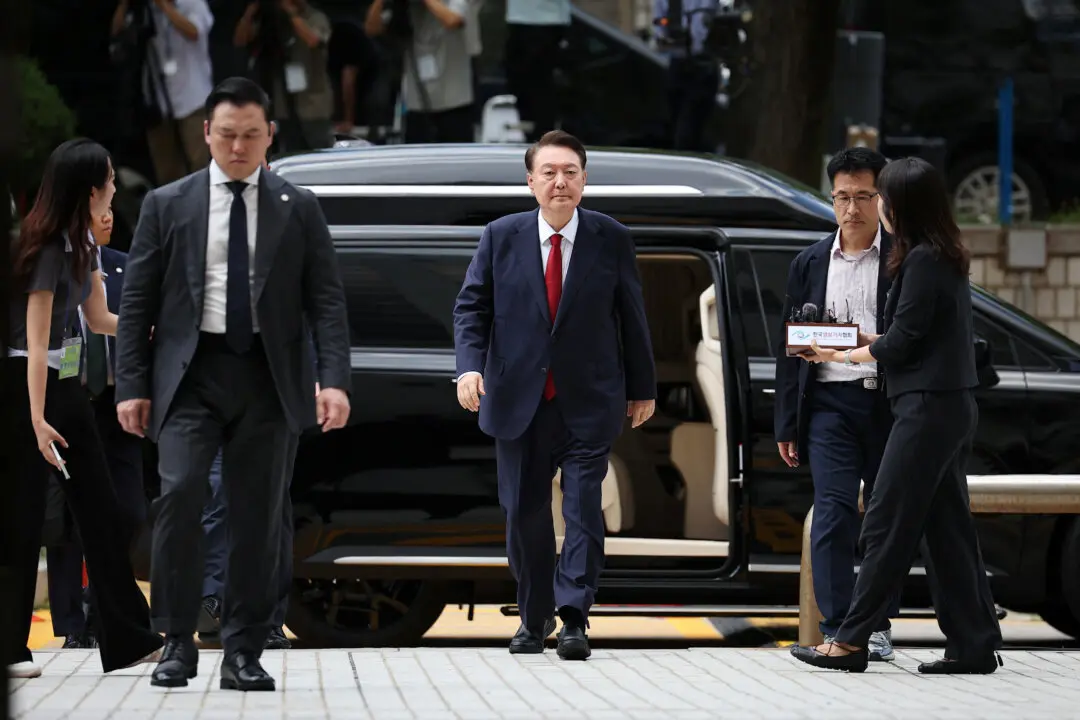BEIJING—China’s services sector activity expanded at its slowest pace in eight months in October as new orders slowed and business confidence hit a 15-month low, a private survey showed on Nov. 5.
Beijing has been counting on the services sector, which accounts for more than half of China’s economy, to partly offset sluggish domestic and global demand for manufactured products as a prolonged trade war with the United States drags on.





